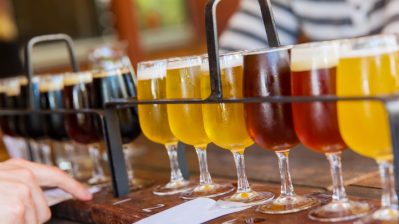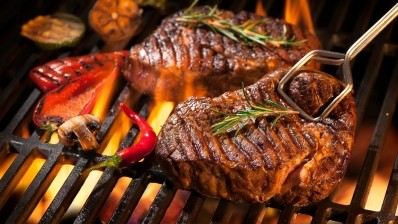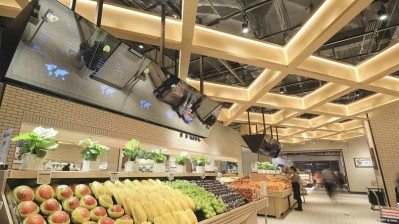Tastes changing more among upper-class as Chinese experience greater wealth

That’s according to a quirky new report by the Economist Intelligence Unit (EIU) into how higher-income households have been changing the way they eat. The study also found that the consumption of beverages, and dairy trends in general, have been increasing most rapidly with income.
Working on the premise that newfound tastes for foods and beverages would provide a good means to get a glimpse of the future of China’s consumption patterns as the country gets wealthier, the study has given a surprising snapshot into a changing society.
Visible food trends
“As Chinese move from poor to middle class, consumption increases across the board. But as middle-class households move to the upper-class, tastes begin to change,” the report said.
Fresh fruit, cheese, cream and tea all belong to the class of categories that have been experiencing rapid growth, for example.
This trend has not gone unnoticed by Chinese food and beverage entrepreneurs. One start-up from Guangdong province in the south of the country has combined each of these categories into Heytea, a premium beverage that took China by storm last year. Such has been its popularity that consumers have been forced to endure hour-long queues to buy a cup.
Meanwhile, baijiu, a white spirit traditionally imbibed by politicians, officials and business leaders, no longer holds a place as the drink of choice among China’s elite.
Instead, it is being replaced among the nouveau riche by wines and fruit-flavoured spirits. Likewise, beer is also in decline in the face of trendy tipples.
Diet-wise, the top 10% of city-dwellers are now eating fewer vegetables and less rice, and are opting for more fruits, nuts, beans and tubers — often imported to give upwardly-mobile families more cachet.
Opportunities in food types and strategy
The EIU is at pains to stress that all is not lost for the categories in decline, as long as brands approach their markets strategically. By launching more premium products, they should be able to make up for lost sales volumes through higher prices.
This is evident in the beer market, where wealthy consumers are being seen to drink less of the local stuff while paying more for imported brands and craft brews.
This, of course, highlights a growing interest in foreign food and beverage brands — the EIU identifies that imports in this segment have generally outpaced other import categories in recent years, “reflecting the changing composition of economic growth from investment to consumption,” it says.
“As the country’s import basket shifts from raw materials such as iron ore to avocados, F&B producers across the world are likely to experience a boom,” it adds.

















